Have you been wondering about the various available bathroom exhaust fan venting options you could use for your home? Wonder no more; in this post, we will cover all the five best exhaust fan venting options for bathrooms.
Decorating a bathroom is expensive to run because there are many things to consider, things to buy, and where to fix them. The majority of design work in the bathroom is not a ‘do it your self’ thing. If you can install tiles on your bathroom floor, do you also know how to mount a toilet seat, shower, sink, and bathroom cabinets?
However, mounting the exhaust fan in the bathroom is not a ‘do it yourself’ thing. You have to know how to do it before you can do it by yourself else; it’s better to call a professional licensed roofer to use his expertise to do the work for you because there is a lot to consider when mounting a bathroom exhaust fan. There are also bathroom exhaust fan codes to follow to do the venting correctly. This post will discuss the several bathroom exhaust fan venting options you can use, their advantages and disadvantages, and the solutions to the problems it may create.
The exhaust fan venting options available for bathrooms are wall venting option, roof venting option, through-the-wall vent option, wall installation known as low profile fan option, and soffit venting installation option. Many households commonly use the first three venting options mentioned above; the fourth is rare but still okay for bathrooms, while the fifth is least common and not suitable for some municipals.
Table of Contents
Best Bathroom Exhaust Fan Venting Options
- Ceiling to wall venting option
- Roof venting option
- Through the wall venting option
- Wall installation option (Low profile fan)
- Soffit bath fan venting option
1. Ceiling to Wall Venting Option
Ceiling to a wall is a venting option whereby a bathroom fan is installed in the ceiling, while the vent runs to an outside wall. This type of venting option is prevalent in most households. Any licensed roofer will testify how many of these venting options he has seen in several homes. However, while doing the installation, you can install the bathroom exhaust fan to go straight over the bathroom ceiling passing through an outermost wall.
There are many methods available with a ceiling to wall vent option. These methods are: You can install the fan in the ceiling, allow the vent to go to an outside wall, or install the fan to go directly across the bathroom ceiling, passing through an outer wall. It doesn’t matter if it bends or turns; as long as it passes through an exterior wall, then you are good to go.
Things to Consider when Choosing a Ceiling to Wall Vent Fan
When choosing a ceiling to wall ventilation fan to buy for your bathroom, there are at least three things to have in mind, which should guide you to choose the perfect ceiling to wall vent for your bathroom. These three things are:
The airflow capacity required in your bathroom
The best ways to know the necessary airflow level in your bathroom are through your bathroom size and the use of the fan in your bathroom. If I’m correct, the intention of fixing an exhaust fan in your bathroom is to remove impurities such as moisture, smell, and heat, etc., in the air. It is also to encourage air circulation within your bathroom, eliminate condensation and mold in water exposed space, and finally, transfer tempered warm or cold air from one place to another.
Therefore, if any of the above-listed reasons are your intentions of placing an exhaust fan in your bathroom, you need to consider the required airflow by verifying your bathroom size before buying any ceiling to a wall vent fan.
The Hole Size
You need to verify the size of the hole you need to create to install the fan. Doing this is very important if you intend to replace an existing ceiling to wall vent with a new one. It would be best if you made sure the hole sizes match hole before or create another one.
However, suppose you intend to replace an existing exhaust fan from your bathroom. In that case, you need first to obliterate the old fan and measure the hole size so that when buying a new fan, you will buy a vent that will fit in in the hole because you are already conversant with the hole size.
If you are not replacing any old vent fan; instead, you are fixing a new one for the first time, you don’t need to worry about the size too much because no matter the size the vent fan comes with, you will still cut a hole for it.
Connection to Duct
The third thing you have to consider when buying a ceiling to wall vent fan is if there is a need for the fan to connect to ductwork. Ducting is the hose that transports the old air from the inside to the outside vent. Most vent fan we have nowadays can be ducted; therefore, if you wish to duct the fan, keep the duct run very precise and direct. The duct doesn’t necessarily have to be too long for it to work. Make it as short and straightforward as possible, and you are good to go.
Advantage of Using Ceiling to Wall Venting Option
The one advantage of using the ceiling to wall venting option is that it is a common and the most secure way to remove your bathroom’s humidity. You don’t have to worry about creepy animals entering your bathroom from the vent hose as this type of vent comes with a flapper that helps protect you and your bathroom from rain and other creeping animals.
Disadvantages of Ceiling to Wall Venting Option
One noticeable disadvantage of using a ceiling to wall vent option is that birds of the air may build their nest around the vent. Its access to animal intrusion is noticeable. Imagine a birth building a nest inside the vent. It will automatically make it impossible for the vent to work well as usual. The vent will start struggling to do its job. Trust me; it can be very annoying.
However, apart from birds of the air intruding and making your vent ineffective to use, rain can still do its own. The vent is likely to be disturbed during a heavy downpour. But, do you always bath during heavy rainfall? If you do, do not worry; there is a solution to that. Moreover, every of these bathroom exhaust fan venting options has its pros and con.
Solutions to Ceiling to Wall Venting Option Problems
- If you notice that the exhaust fan is not properly doing its job as usual, verify if it has been interfered with by a bird’s nest. If it has, use a ladder and climb to the ceiling and destroy the nest. If you cannot do that by yourself, get someone who can help you climb or call a professional. It won’t cost you much to do that. You don’t have to be checking daily. Maybe once in 6 months. Remember that bird may build their nest. There is no certainty that they will make their nest in your vent.
- To prevent rain from intruding and affecting your bathroom exhaust fan vent anytime there is a heavy downpour, make sure that the vent’s hood is sealed accurately with the use of outdoor caulking. There are caulks meant for indoors and those that can be used outdoors; make sure to use the type of caulks made for outdoors.
- Another way to prevent rainfall from intruding is to ensure that the vent cover is there doing its job. Ensure the vent cover is intact, as it will go a long way in minimizing the rate at which water meddles in your bathroom vent.
Some Ceiling to Wall Exhaust Fan to Buy
- Broan-NuTone 688 Ceiling and Wall Ventilation Fan: This fan has a 50 CFM style and 4.0 sones rating to provide a peaceful surrounding when in operation. Nutone fan is effortless to install, comes in white plastic grille color, 9.25 x 0.38 x 9 inches (LxWxH) dimension. You can buy Broan-NuTone 688 Ceiling and Wall Ventilation Fan from Amazon.
- Luna PRO LED 200 Ceiling Exhaust Fan: Comes in white color with a 4200k cool white LED light. This type of exhaust fan can add lighting to your bathroom if your bathroom is always dark. The central downlights of the fan will give you 650 lumens and will consume only 9w. The light and the build has a different switch to enable you to use each of them independently.
- Metro PRO 200 Ceiling Exhaust Fan: Comes in white color. This fan can achieve a minimum of 15 air changes per hour in a bathroom. It promises to remove excess moisture from your bathroom.
2. Roof Vent Option
Venting your bathroom exhaust fan directly to your roof is another common bathroom exhaust fan venting option to use. To do this, you have to install a metal roof vent undeviatingly in your roof. The vent will prevent rain and animals such as birds from trespassing around the vent area. The last thing you want is to install a vent that does not work simply because some animals saw the vent as the best place to penetrate.
Venting the exhaust fan of your bathroom through the roof involves ducting and as I said earlier, ducting is the hose that conveys the old air from inside to the external vent. Therefore, you need to make sure that the hose that passes within the attic area is insulated. Make sure to call a professional or licensed roofer to install this type of vent option for you to avoid a story that touches on the nearest future.
Advantage of Roof Vent Option
The only advantage of this is that it is common among households, which means that it will be easier for you to see a licensed roofer or a professional install it to avoid future complications.
Apart from mold reduction, which we already know, a roof vent can improve your roof’s lifespan. The positive impact of the vent over the mold and damp situation of your bathroom will intensify your roof’s lifespan as long as you maintain the vent.
Disadavantages of Roof Vent Option
One noticeable disadvantage of using the roof vent option is that it is likely to cause moisture problems in the attic. You may be wondering how this is going to cause moisture difficulty in the attic. Well, it is simple. If the exhaust fan’s air takes off from your bathroom is cold, while the attic air is hot, it is likely to make the water drop either outside or inside the vent. When this happens, it is expected to damage the moisture in the attic.
However, it is essential to note that one of the attic problems is moisture. Even if the fan’s air exhausted to the attic is warm while the attic air is cold, it will still amount to the same thing. It will not only affect the attic, but it will also cause mold to grow in the attic considering the possible wood damages that must have taken place.
Another severe disadvantage of using the roof vent option is that it may result in a roof leaking. The question is, how? You know that before you fix the vent to the roof, you have to make the size of a hole that will fit the vent you want to install. However, there is a probability that this might lead to a leaking roof in the future.
Things you Need to Install a Roof Vent
Installing a roof vent is something that should be done by a professional licensed roofer. However, if you want to do it yourself, you will use a drill, ladder, roof vent, ruler, marking pencil, hammer, nails, jigsaw, and a pry bar. When installing a vent on your roof, make sure to do it very well to avoid any complications.
Solutions to Roof Vent Option
The first solution here is to call a professional licensed roofer to install the vent for you over the room. However, if you wish to do it yourself, make sure to install it very well to prevent future leaking roof. You should also ensure that you maintain the vent regularly to ensure it lasts long for you.
3. Through the Wall Venting Option
The through-the-wall venting option is a type of wall vent installation, but this time, the fan has to go within the bathroom wall during installation. To do this type of venting option, you have to make sure the bathroom exhaust fan is installed vertically inside your bathroom wall. However, ensure the fan is placed in outside walls where the venting runs directly within the wall and to the outside, so the vent section is only about a foot or two. There is no need for any bending on turning during installation.
Things to Know Before Buying Through the Wall Vent Fan
Before you decide to buy any through the wall vent fan, the first thing you need to know is that it does come with what I called installation kits. It comes in the complete equipment required for its installation, such as a duct and exterior cover. The duct it comes with is short, which is perfect because short ducts are the best for ducting so far. However, when fixing the duct, you have to make sure that it is installed directly behind the exhaust fan.
Advantage of Using Through the Wall Venting Option
The one advantage of using this ventilation option is that it is more energy-efficient and ensure a quieter operation. Most through the wall vents are more peaceful than others when functioning because they do not touch the joists or subfloor, coupled with the vibration absorbing wall mounting brackets—this helps reduce the level of noise from through the wall vent when it’s on.
4. Wall Installation Option (Low Profile Fan)
This venting option is unique in its style. It is the second type of wall installation, but this time, the low profile bathroom fan is used. This fan can be installed on the vertical wall of your bathroom. One exciting thing about this type of venting option is that it has many ways by which you can path it. These path options are upwards through the wall, over the ceiling, and outside.
An example of a low-profile vent fan is a Whisper THIN Low Profile Ventilation Fan with a 10W dimmable LED light, with 80 to 100 CFM. With this type of vent fan, you can be able to your desired airflow at 80 or 100 CFM.
Advantages of Using Wall Installation Option (Low Profile Fan)
- It is straightforward to fix
- They are not thick
- They can comfortably fit in between wall studs when doing the installation vertically
- Low profile fans have several ways it can be run
5. Soffit Bathroom Venting Option
When we mention soffit, we mean the underside of the eave. It is possible to install a vent fan under your soffit to enable the entering of outside air into the attic at the lowest point of the roof. The best way to use these types of bathroom exhaust fan venting options is by using them alongside a continuous ridge vent. It will help to increase the airflow in your bathroom.
However, it is suitable to exhaust your bathroom fan to the soffit. The only way you can use soffit is if you have already finished the other venting options, installing fans for other rooms in the building. But be rest assured that it is not okay to use the soffit vent option for your bathroom.
Advantages of Using Soffit Bathroom Venting Options
There are more disadvantages of using the soffit vent option than its advantages, but one outstanding advantage is its different sizes and styles. Some are circular, while some are rectangular. With these different sizes and styles, you can choose the one that meets your demands. If you wish to use this type of vent option, you will have to call a licensed roofer to do the work.
Disadvantages of Using Soffit Bathroom Venting Options
There are several disadvantages to using the soffit installation option. Most areas do not support the use of a soffit vent option. So before deciding to install your bathroom vent utilizing this option, make sure to verify your area building code to be on the safer side. The reason is that when a house inspector comes to inspect your house, having a soffit vent may affect the rate at which the house is sold. As long as your area is against using such an option, the house inspector must complain. So it’s better to make use of other options.
Installing a bathroom exhaust fan using the soffit option is likely to intrude to another venting already existing in your soffit. Except there is no venting in your soffit, then you are good to go. Please note that it is not proper to exhaust your bathroom fan to the soffit. Be rest assured that it will intrude in the affairs of other vents already existing in your soffit.
Solutions to Soffit Bathroom Venting Problems
The best solution to the soffit venting option is to stay away from using it. It is not common at all. There are varieties of other bathroom exhaust fan venting options to use rather than this. Meanwhile, there is a probability that a licensed roofer will not agree to use this venting option for your house as long as your municipal prohibits it. So, it’s better to use the ones used by many to be on a safer side.
Final Verdicts
Choosing a bathroom exhaust fan vent option is very simple because you have different vent options to choose from, ranging from ceiling to wall vent option, roof venting option, wall installation vent option, and soffit vent installation option. We urge you to choose the first common options to exhaust your bathroom fan.

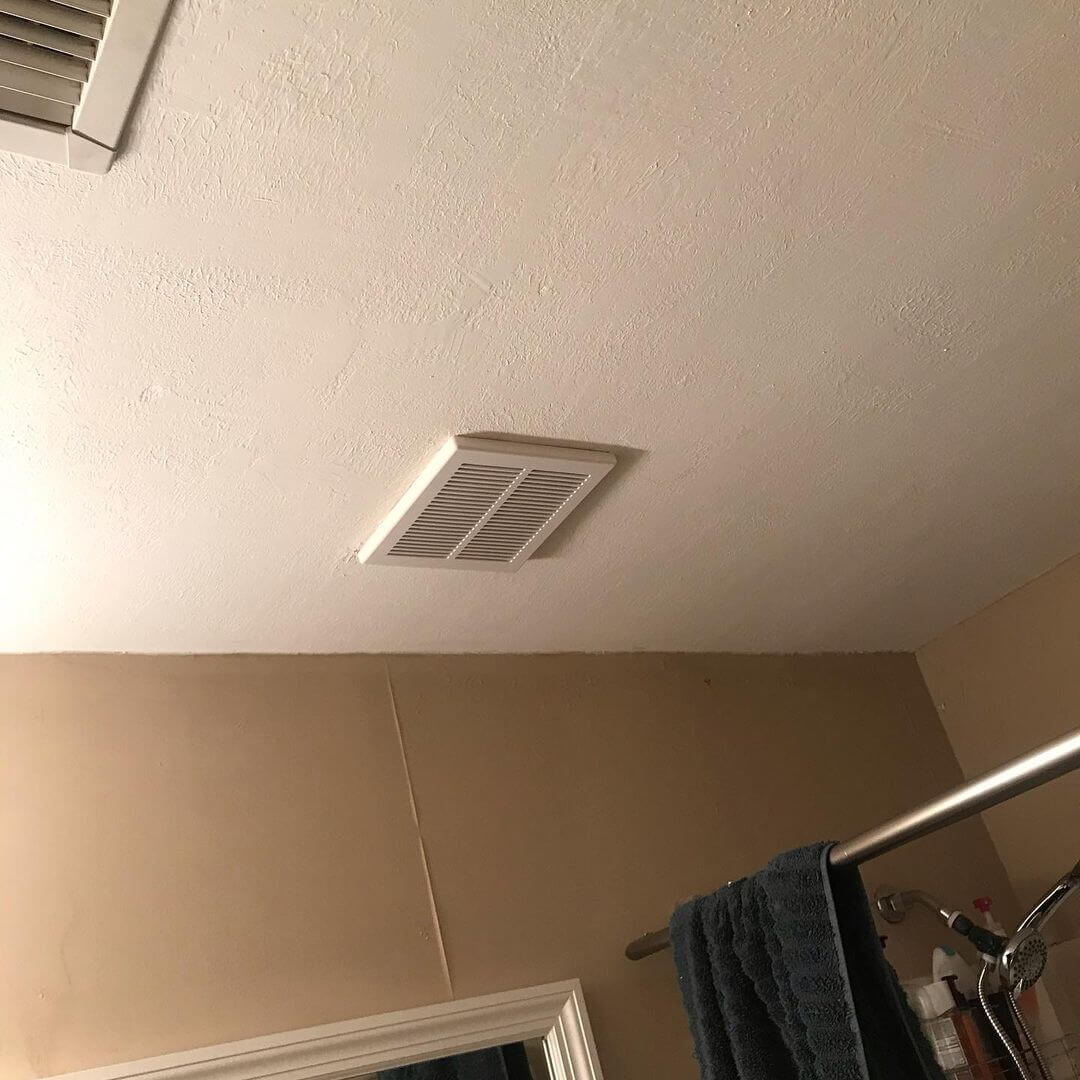
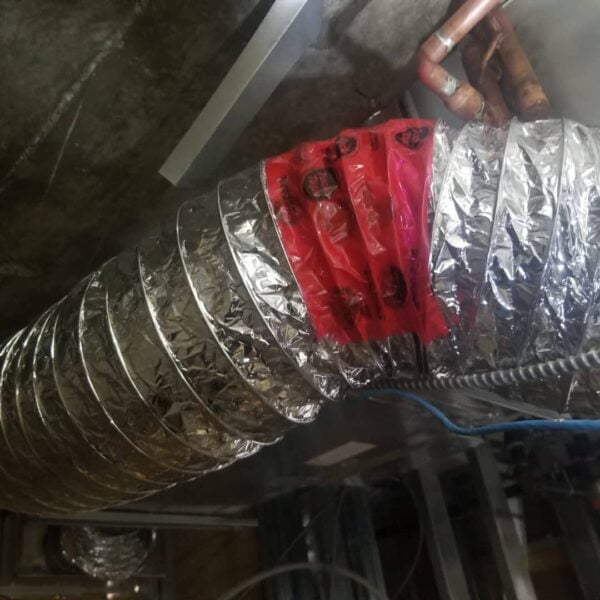
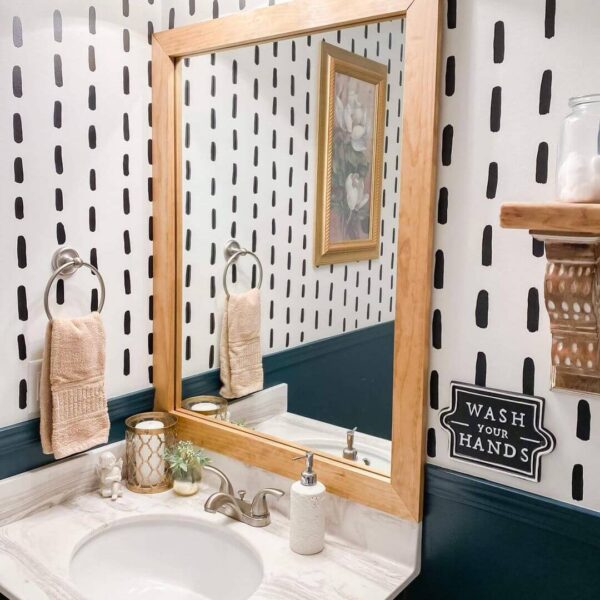


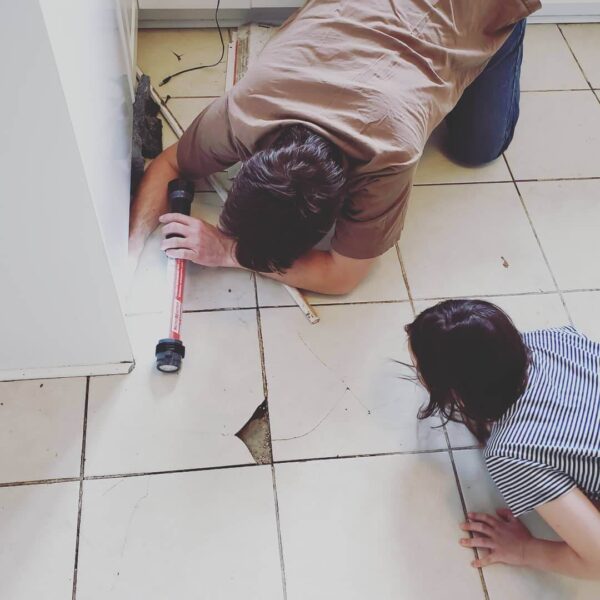
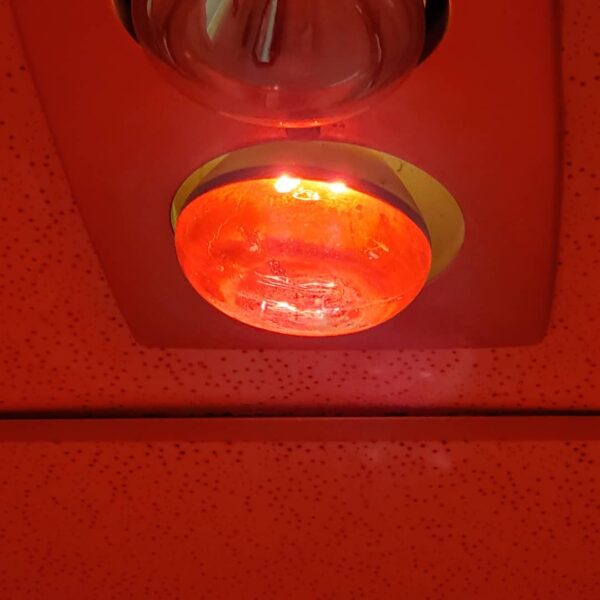

Leave a Comment